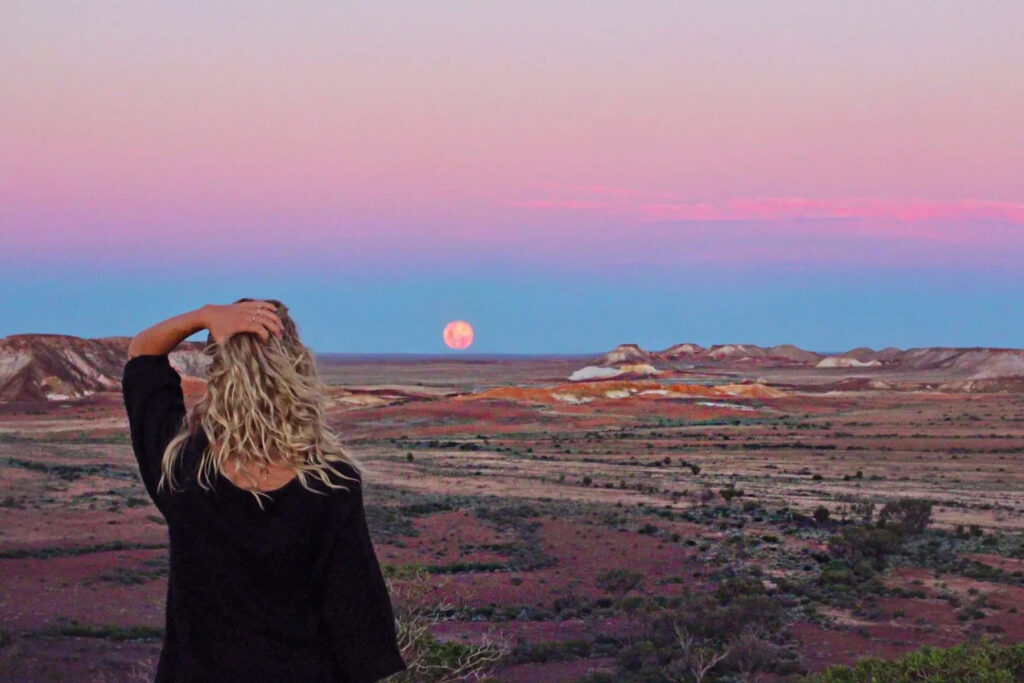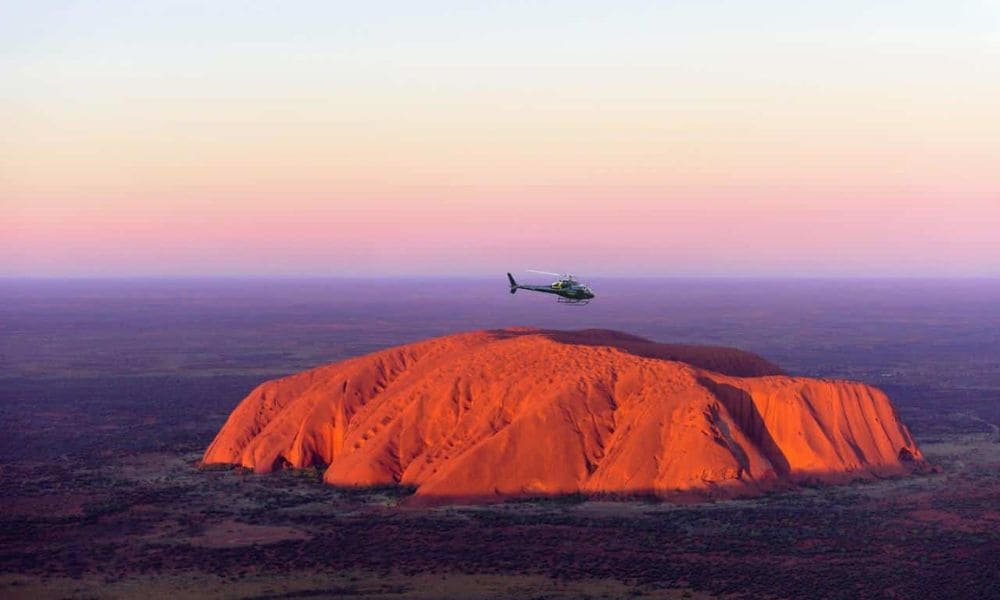
Uluru, also known as Ayers Rock, is one of Australia’s most iconic natural landmarks, renowned for its breathtaking beauty during sunrise and sunset. This massive sandstone monolith is not just a geological wonder; it holds immense cultural significance for the Indigenous Anangu people. The spectacular color changes of Uluru at dawn and dusk create an enchanting experience that captivates travelers from all over the world. In this article, we’ll explore the magical beauty of Uluru during these pivotal times of day and provide tips for making the most of your visit.
Understanding Uluru’s Cultural Significance
Before diving into the sunrise and sunset experiences, it’s essential to understand the cultural context of Uluru. The Anangu people, the traditional custodians of the land, have lived here for tens of thousands of years and have a profound connection to this sacred site. The stories, known as Tjukurpa, are deeply interwoven with the landscape and emblematic of the heritage and spirituality of the Anangu. Uluru is included in the UNESCO World Heritage listings, highlighting its natural and cultural importance. Visitors are encouraged to respect this heritage, and many guided tours provide valuable insights into the local customs and beliefs.

The Magic of Sunrise at Uluru
Witnessing the sunrise at Uluru is an unforgettable experience that draws visitors from around the globe. As the first light breaks, the massive rock transforms from a deep, shadowy hue into radiant shades of red and orange. The early morning air is crisp, and the serene surroundings enhance the dramatic visual spectacle. To capture this mesmerizing transformation, many suggest arriving at designated viewing areas, such as Talinguru Nyakunytjaku, where the panoramic views provide an unobstructed sight of the rising sun against Uluru’s monumental backdrop. The early hours are often quieter, allowing for meditation and reflection, as the peaceful atmosphere washes over the landscape.
Some tips for experiencing sunrise include:
- Arrive at least half an hour early to secure a good spot.
- Dress in layers, as temperatures can fluctuate significantly.
- Bring a camera to capture the stunning transformations.
- Consider joining a guided tour that offers an Indigenous perspective.
This morning magic elicits feelings of awe and tranquility, setting a perfect tone for the day’s adventures ahead.

The Allure of Sunset at Uluru
As day gives way to night, the sunset over Uluru is equally compelling, if not more so. The temperatures begin to drop, and the wintry light bathes the rock in a multitude of vibrant colors—fiery reds, soft pinks, and deep purples all come into play as the sun dips below the horizon. Visitors often flock to viewing platforms to witness the phenomenon. The bass baritone sounds of nature and serene surroundings add to the spectacular ambiance, creating a sense of connection with this natural wonder. Photographers relish this moment for the dramatic contrasts and the vivid palette that paint the sky in celebration of the day’s end.
To make the most of your sunset experience at Uluru, consider these pointers:
- Plan your visit according to the sunset schedule for the day.
- Bring refreshments to enjoy while gazing at the magnificent view.
- Keep your camera ready for the changing colors and breathtaking moments.
- Engage with fellow travelers to share stories and experiences.
The sunset at Uluru is a perfect way to reflect on your day, surrounded by the vibrant hues of the Australian outback.

Photography Tips for Capturing Uluru’s Beauty
Whether you’re a professional photographer or a casual snapper, capturing Uluru during sunrise and sunset can yield stunning results with the right techniques. First and foremost, understanding the best angles can significantly enhance your photographs. Use the golden hour—just before sunrise and just after sunset—to benefit from the soft lighting that accentuates textures and colors. A tripod is highly recommended to maintain stability, especially in low-light conditions. Furthermore, experiment with different perspectives; wide shots can depict the sheer grandeur of Uluru, while close-ups might reveal the intricate details of the rock’s surface.
Additionally, pay attention to the surrounding landscape—framing Uluru with foreground elements like desert flora or sweeping dunes can add depth to your shots. Finally, don’t hesitate to capture the moments as they unfold; the constantly shifting palette provides endless opportunities for unique compositions. With patience and passion, you can take home visual memories of Uluru that reflect its inherent beauty at these magical times.
Conclusion
Experiencing the beauty of Uluru at sunrise and sunset is truly a soul-stirring adventure. These moments not only offer captivating visuals but also create an opportunity for personal reflection and a deeper understanding of the significance of this sacred site. Whether you’re wandering through the expansive outback landscape at dawn or watching as the sun bathes Uluru in warm, glowing light at dusk, each experience provides a newfound appreciation for the wonders of nature and indigenous culture. Make sure to embrace these moments fully, as they are more than just sights; they are an invitation to connect with the land and its stories.
FAQs
The best times to visit Uluru for both sunrise and sunset are during the cooler months between April and October, when temperatures are more moderate and the skies are typically clearer.
2. Are there guided tours available for sunrise and sunset experiences at Uluru?
Yes, numerous guided tours are available, offering insights into the Anangu culture as well as optimal viewing spots for experiencing the sunrise and sunset.
3. What should I wear when visiting Uluru?
Dress in layers, as temperatures can vary greatly, and comfortable shoes are recommended for any walking or hiking activities around the area.
4. Is it necessary to obtain a permit to visit Uluru?
No permit is required for visitors, but there is an entry fee for the Uluru-Kata Tjuta National Park, which helps maintain the park and its facilities.
5. Can I climb Uluru?
Climbing Uluru is not allowed as of 2019 out of respect for its cultural significance to the Anangu people. Visitors are encouraged to explore the base walks instead.



